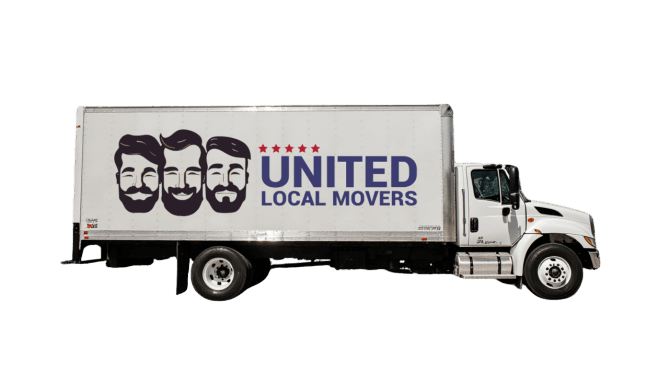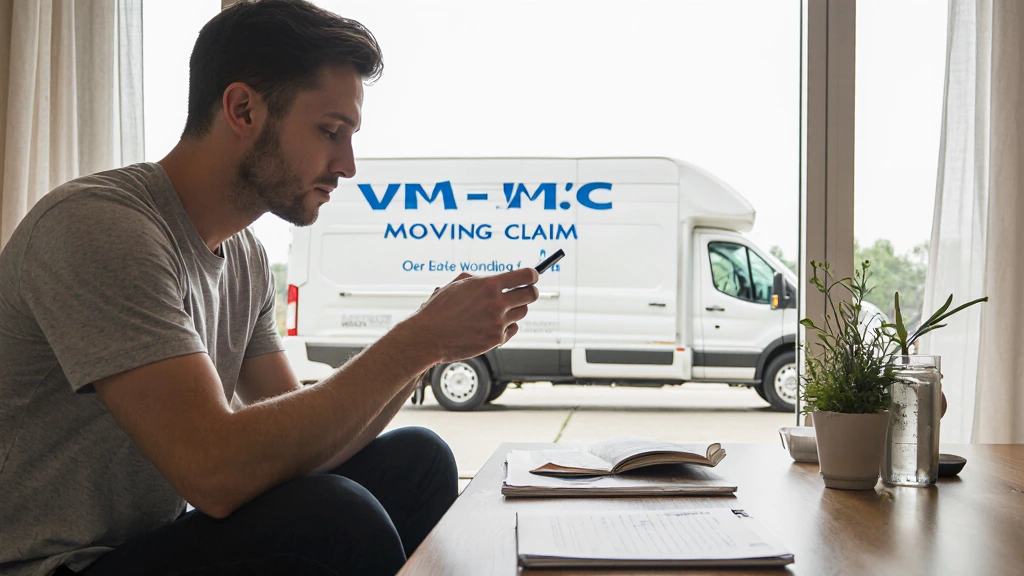When planning a move, one of the most overlooked details is insurance and valuation coverage. Even with the best moving company, accidents can happen—furniture may get scratched, boxes may be lost, or fragile items might break. That’s why understanding your coverage options is essential. Moving companies are federally required to provide valuation coverage, but it’s not the same as full insurance. Let’s break down the two main options: released value and full value protection.

Ready to get moved? Get a FREE quote now
Book your move easily and stress-free!
Released Value Protection
This is the most basic coverage, and it comes at no extra cost. However, it only reimburses you based on weight, not actual value.
- Coverage: 60 cents per pound per item.
- Example: If your 10-pound flat-screen TV is damaged, you’d only receive $6 in compensation.
- Pros: Free, federally mandated, always included.
- Cons: Offers minimal protection, especially for high-value or lightweight items.
Full Value Protection (FVP)
This is the more comprehensive option. With full value protection, the moving company is liable for replacing, repairing, or compensating the actual value of lost or damaged items.
- Coverage: Actual cash value or replacement cost.
- Example: If your flat-screen TV is damaged, the mover must repair it, replace it with a similar model, or pay its current market value.
- Pros: Strong protection, peace of mind, covers high-value belongings.
- Cons: Additional cost (usually 1–2% of total shipment value).

Ready to get moved? Get a FREE quote now
Ready to get moved? Get a FREE quote now
Comparison Table
| Coverage Type | Cost | Compensation | Best For |
|---|---|---|---|
| Released Value | Free | 60¢/lb per item | Low-value moves, short distances |
| Full Value Protection | 1–2% of shipment value | Repair, replace, or reimburse full value | High-value items, long-distance moves |
Additional Coverage Options
- Third-party insurance: You can purchase extra policies from outside insurers.
- High-value inventory list: Items over a certain dollar amount (e.g., $100+) may require special documentation.
- Exclusions: Some items (jewelry, cash, hazardous goods) are typically not covered.
How to Decide Which Coverage You Need
Ask yourself:
- Do I own high-value electronics, antiques, or art?
- Am I moving long-distance where risks increase?
- Is peace of mind worth the extra cost?
How United Local Movers Can Help
At United Local Movers, we clearly explain all valuation and insurance options before your move. Whether you choose released value or full value protection, our team ensures transparency, proper documentation, and professional handling of your belongings.
Final Thoughts
Choosing between released value and full value protection depends on your budget and the value of your items. For most long-distance moves, full value protection is the smarter choice. By knowing your options upfront, you can move with confidence knowing your belongings are covered.




